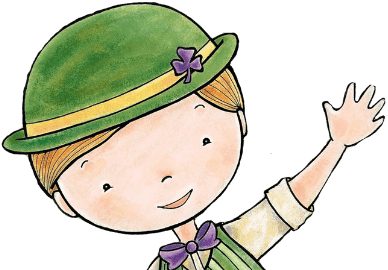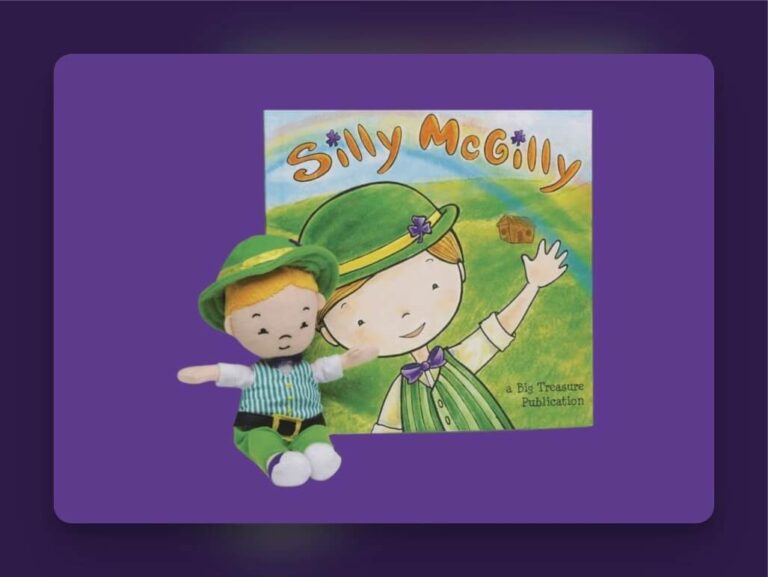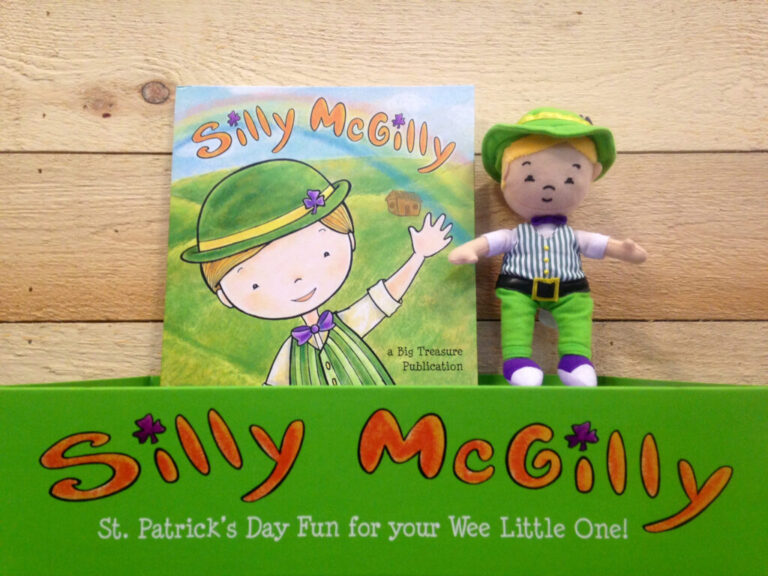How to Choose Books That Promote Emotional Intelligence in Children
Choosing the right books for children can be a powerful way to promote emotional intelligence (EI). Emotional intelligence involves recognizing, understanding, and managing our own emotions and the emotions of others. For children, developing these skills early on can lead to better social relationships, improved academic performance, and overall well-being. When selecting books that foster EI in children, it’s essential to consider stories that not only entertain but also teach valuable emotional lessons.
Keep in mind that books with relatable characters and scenarios can significantly impact a child’s ability to empathize and understand different perspectives. For more ideas on finding the best books for children, you might find our guide on how to find age-appropriate books for your child particularly useful.
Understanding Emotional Intelligence in Children
Emotional intelligence in children is about helping them understand their feelings and those of others. It encompasses skills such as empathy, self-regulation, motivation, social skills, and self-awareness. Developing these skills from an early age can set the foundation for healthier emotional and social interactions throughout life.
One advantage of focusing on emotional intelligence is that it equips children to handle conflicts and challenges more effectively. By understanding their emotions, children can learn to express themselves better and navigate social situations with more confidence. This early development of EI can also foster resilience and adaptability, essential traits for personal growth and success.
Why Emotional Intelligence is Important
Emotional intelligence is crucial because it affects every aspect of a child’s life. Children with high EI tend to have better relationships with peers, teachers, and family members. They are more likely to succeed academically and are generally happier and more content. Emotional intelligence also plays a significant role in mental health, helping children cope with stress, anxiety, and other emotional challenges.
A big plus of promoting EI through reading is that it makes learning these skills enjoyable and engaging. Stories can illustrate complex emotional situations in a way that is accessible to children, helping them understand and process their own experiences. Moreover, books can serve as excellent conversation starters, enabling parents and educators to discuss emotions and feelings in a supportive and nurturing environment.
Integrating Silly McGilly: A St. Patrick’s Day Tale into Emotional Intelligence Learning
Integrating themed books like “Silly McGilly: A St. Patrick’s Day Tale” can be a fun and effective way to teach emotional intelligence. This delightful story about a mischievous leprechaun offers opportunities to discuss various emotions, such as excitement, surprise, and even frustration when Silly McGilly’s tricks are revealed. The playful nature of the story can engage children while subtly teaching them about managing their emotions and understanding the feelings of others.
A benefit here is that themed books can make learning about emotions seasonal and relevant, adding an extra layer of excitement. Additionally, Silly McGilly’s adventures can be tied into broader lessons about empathy and kindness, making the story a versatile tool in your emotional intelligence toolkit. For more themed book ideas, check out our article on where to find St. Patrick’s Day-themed children’s books.
Key Features of Books that Promote Emotional Intelligence
When looking for books that promote emotional intelligence, certain features can make a big difference. First, consider books with relatable characters that children can connect with. Characters who experience a range of emotions and navigate various social situations can provide valuable learning experiences. Illustrations that vividly depict emotions can also help children understand and identify different feelings.
Another key feature is a storyline that includes problem-solving and conflict resolution. Books that show characters working through challenges and finding solutions can teach children how to handle similar situations in real life. Additionally, look for books with messages of empathy, kindness, and understanding, as these themes are central to developing emotional intelligence.
Age-Appropriate Recommendations
Choosing age-appropriate books is crucial for effectively promoting emotional intelligence. For younger children, picture books with simple text and expressive illustrations are ideal. These books should focus on basic emotions and easy-to-understand scenarios. Titles like “The Feelings Book” by Todd Parr or “Today I Feel Silly” by Jamie Lee Curtis are excellent choices for this age group.
For older children, chapter books or middle-grade novels that delve deeper into emotional experiences can be more appropriate. These books often tackle more complex emotions and social situations, providing richer material for discussion and learning. Examples include “Wonder” by R.J. Palacio and “Inside Out and Back Again” by Thanhha Lai. Keep in mind that the themes and content should align with the child’s developmental stage to ensure they can fully grasp and benefit from the emotional lessons.
Examples of Books that Foster Emotional Intelligence
There are many wonderful books that can help foster emotional intelligence in children. “The Color Monster” by Anna Llenas is a great example for younger readers. This book uses a colorful monster to help children identify and understand different emotions, making it both fun and educational. Another excellent choice is “Have You Filled a Bucket Today?” by Carol McCloud, which teaches children about kindness and empathy through the metaphor of bucket filling.
For older children, “Charlotte’s Web” by E.B. White is a classic that explores themes of friendship, loss, and compassion. “The One and Only Ivan” by Katherine Applegate is another powerful story that delves into issues of empathy and understanding from the perspective of a captive gorilla. These books not only entertain but also provide valuable lessons about emotional intelligence that children can carry with them throughout their lives.
How to Read These Books with Your Child
Reading books that promote emotional intelligence with your child can be a rewarding experience. Start by choosing a quiet, comfortable place where you can read together without distractions. As you read, pause to discuss the emotions and situations the characters are experiencing. Ask open-ended questions like, “How do you think the character feels?” or “What would you do in this situation?” to encourage your child to think deeply about the story.
One advantage of reading together is that it allows you to model emotional intelligence for your child. By sharing your thoughts and feelings about the story, you demonstrate how to articulate emotions and empathize with others. Additionally, make sure to revisit the book’s themes and lessons in everyday situations, reinforcing the concepts and helping your child apply them in real life.
Activities to Reinforce Lessons from These Books
To reinforce the lessons from these books, consider engaging in activities that complement the stories. For example, after reading “The Color Monster,” you can create a feelings chart where your child can express their emotions using colors. This visual tool can help them better understand and manage their feelings on a daily basis.
Another activity could be role-playing scenarios from the books. This allows children to practice problem-solving and empathy in a safe and controlled environment. Additionally, you can encourage your child to draw or write about their own experiences related to the book’s themes, helping them process and internalize the emotional lessons.
Additional Resources for Parents and Educators
There are numerous resources available for parents and educators looking to promote emotional intelligence through reading. Websites like Common Sense Media provide reviews and recommendations for books that focus on emotional and social development. Educational platforms like Scholastic and Reading Rockets also offer curated lists and activities to support emotional learning.
A big plus is that many of these resources are free and easily accessible. Additionally, consider joining parenting or educator groups on social media where you can share recommendations and experiences with others. These communities can provide valuable insights and support as you work to foster emotional intelligence in your child.
Conclusion
Choosing books that promote emotional intelligence in children is a thoughtful and impactful way to support their emotional and social development. By selecting stories with relatable characters, engaging plots, and meaningful lessons, you can help your child navigate their emotions and build stronger relationships. Remember to read these books together, discuss the themes, and incorporate activities that reinforce the lessons learned.
Keep in mind that fostering emotional intelligence is an ongoing process that requires patience and consistency. By making it a regular part of your reading routine, you can create a supportive environment where your child feels comfortable exploring and expressing their emotions. Whether through the enchanting tales of Silly McGilly or other carefully chosen books, there’s a wealth of stories waiting to help your child grow emotionally and socially.






